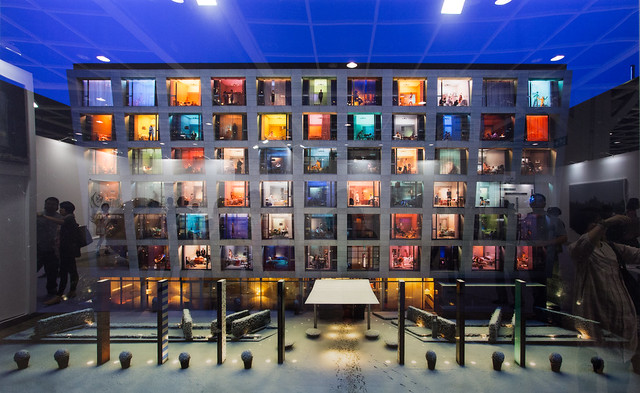Have Questions About Photography? These Tips Can Help!
When you are looking for information on how to take amazing photos, you are probably confronted with a plethora of information from many sources. Read on to clear up some of the confusion. This article is full of tips designed to help you take artistic photographs that you can be proud of.
Try not to capture a gray sky in your pictures. Leaving too much of the gray sky in your photograph might make the whole shot look too muted and lacking in contrast. If you have to shoot with an overcast sky, use black and white methods of photography. If it is a nice day outside, put as much of the blue sky in your pictures as you would like, but be careful with the lighting.
Look at other photographers’ work for inspiration. Seeing their work can remind you of all the various ways to take photos of many moments.
Broaden your photographic horizons by playing with your camera’s features and the colors and angles you use. Your subject does not have to be original in order for your photo to be unique. Ideally, a photographer is able to use his or her technical skills and artistic eye to add visual interest to even the most basic subject. Finding your style can be done by trying different techniques.
Photograph people often. Always ask their permission first. When traveling, looking at these pictures will remind you of particular memories, even if the people you photographed do not look like they would stand out from a crowd at the moment when you take your picture. Candid expressions and casual clothing will help make your pictures even more memorable.
Balance is prized in most endeavors, and there is a natural tendency to prioritize what lies at the center of an image. Perfection is valued in our society, and rightfully so, but when it comes to creating interesting photographs, try pointing your camera in a way that puts your subject slightly off-center. Beware of auto-focus features that lock in to whatever is in the center of the lens. Focus manually instead, and lock the focus just prior to snapping the picture.
Although counter-intuitive, wearing white in a photograph is actually a terrible idea. Many people have their cameras on auto settings, and the camera reads the white clothing as brighter light, which throws off the exposure and degrades the photograph. When wearing white, the clothing often gets washed out in photos.
You should be on the lookout for artificial or natural patterns to photograph. Patterns add an appealing aspect to a photograph, particularly if they are repeating patterns. You can use the patterns to your advantage by creating different angles and backgrounds with your subject.
Frame every shot. Not a physical frame, but one that is totally natural. Consider looking at the environment you’re photographing in and using elements of nature to frame your shot. You can practice composing a great picture in this manner.
To add interest to your photographs, experiment with your camera’s focus. Lowering the f-stop will focus on the subject of your photograph, and blur the background of the picture. This technique is great for portraits or close ups. On the other hand, a higher f-stop number creates more depth; everything within the frame will appear in focus. This would be fantastic for landscape shots.
You can do your own photo editing! There are a ton of different editing software programs for photographs. Seek out the programs that have multiple tools for editing the images that you already have in your portfolio. But make sure the software you choose is something you can easily learn!
Finding photographic equipment that both works well and is enjoyable for you to use is important. Most photographers go with the Big Two: Nikon and Canon. However, there are other reputable equipment manufacturers out there.
Red Eye
Red eye can ruin a great picture that might have gotten framed otherwise. Avoid red eye by not using your camera’s flash. If flash is necessary due to low-light conditions, make sure your subject looks directly at the camera. There are some cameras that contain a red-eye feature.
The investment of a basic tripod will allow you to capture better quality pictures. Even the slightest movements are noticeable if you are taking photos of action shots or low-speed shots. Using an inexpensive tripod will do away with blurriness in your photos. Using a tripod will eliminate blurs from your pictures and make them look much more professional.
A tripod will come in handy while trying to take a landscape picture. A steady base is always handy, but when taking landscape shots, it can be very important because you want to adjust settings without worrying the camera will shake all over the place.
Image Quality
Use the digital zoom feature sparingly, if at all, when doing close-up shots. A lot of cameras let you zoom closer than the optics alone can handle, but image quality starts deteriorating when digital features are enabled. When you are using digital zoom, many cameras are set up to interpolate pixels, while adding them to your image. This will result in a decreased image quality. Read your camera manual, so you can see how to disable the feature in your model.
The paragraphs you have just read covered some of the world’s most universal methods for satisfying artistic ability. You are now equipped to take your photographic images to a new level.

Comments are closed.